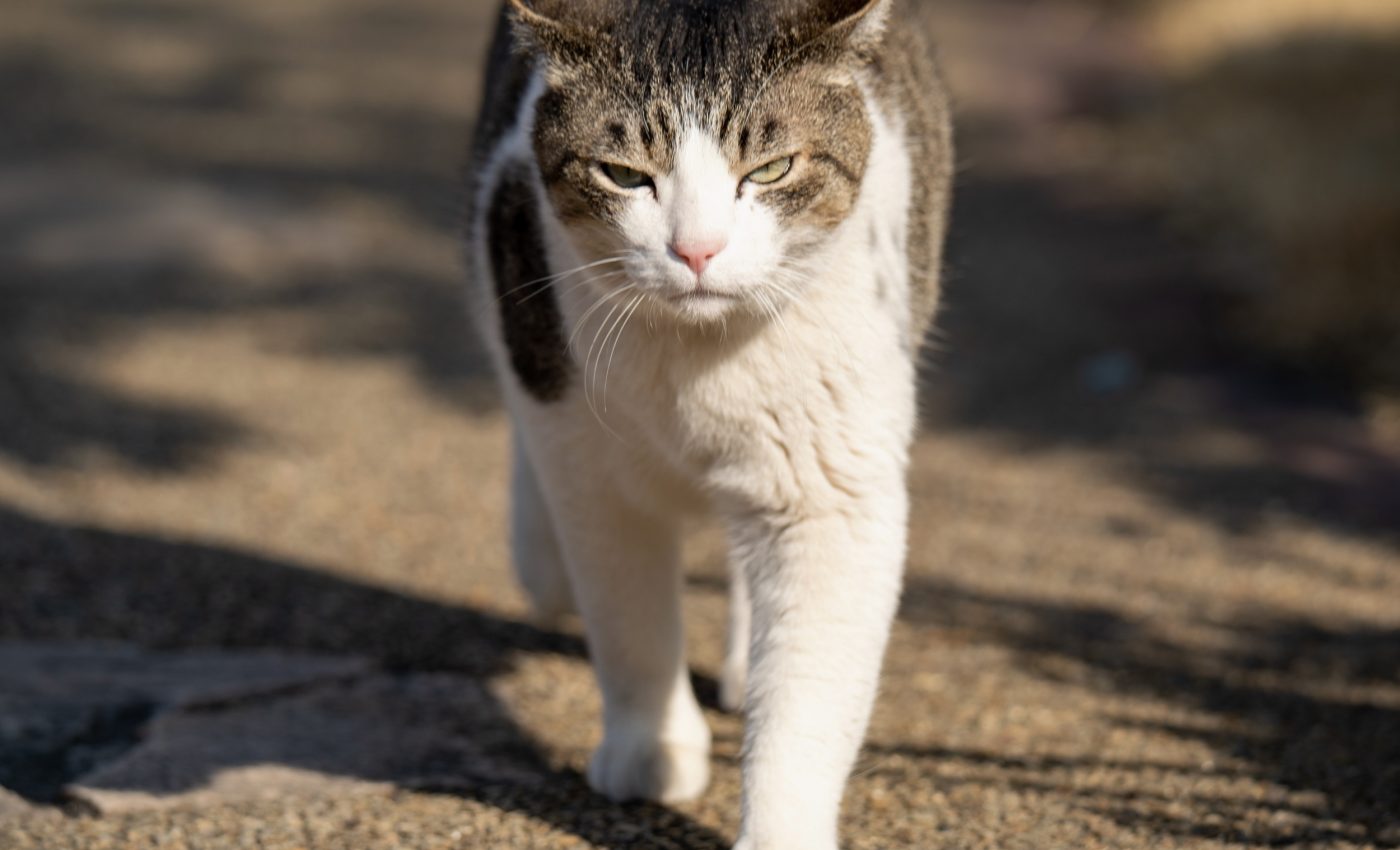
Cats are on the prowl - and they’re not just hunting birds anymore
Domestic cats do not just stalk birds and mice. A new analysis of online posts finds that pet cats in cities also catch a wide range of insects and spiders far more often than most people notice.
Researchers in Brazil reviewed more than 17,000 TikTok clips and iStock images shared by cat owners and found 550 clear cases of cats hunting insects and other arthropods, animals with jointed legs and hard outer shells.
That snapshot of everyday posts suggests that ordinary house cats may be quietly adding to the pressure on already stressed urban insect populations.
Why cats and insects matter together
The work was led by Leticia Alexandre, an undergraduate ecologist at the University of Campinas in Brazil (UC). Her research focuses on how domestic cats affect biodiversity in human dominated landscapes.
Domestic cats are generalist predators, hunters that take almost any prey that seems easy and available. A recent global assessment pulled together hundreds of diet studies and found that free ranging cats eat more than 2,000 species worldwide.
Those prey animals include many birds, mammals, and reptiles that are already of conservation concern. When cats are common in a landscape, their constant hunting can push vulnerable species toward local extinction.
In Australia, one large analysis estimated that feral cats eat about 1.1 billion invertebrates each year. That number shows that insects and their relatives already sit on the menu for cats at very large scales.
How cats meet insects
In the new study, the team turned cat videos into data about insect hunting. They searched for phrases such as “cat insects” in several languages, then kept only posts where the prey was clearly visible and the scene was obviously urban.
Across 17,150 photos and videos, the researchers identified 14 distinct orders of arthropods that cats were attacking or killing. Crickets, grasshoppers, and katydids in the order Orthoptera were the most common targets, making up about one fifth of all recorded attacks, while true bugs and cockroaches ranked close behind.
“The most exciting aspect of our research is that we were able to use social media data to reveal an impact of domestic cats on biodiversity that has been relatively overlooked by the scientific literature,” said Alexandre.
“Indeed, our results document cases of cats attacking groups of arthropods that have never been identified in academic papers as cats’ prey,” added Raul Costa-Pereira, Ph.D., the senior researcher on the project.
Cats in these posts did not always eat what they caught. Many videos showed a cat batting an insect around, pouncing repeatedly, and then walking away, which means that some of the damage is simply wasted killing rather than feeding.
Insects in a state of decline
The study’s results matter because insects and other invertebrates, animals without backbones, are already under pressure from habitat loss, pollution, pesticides, and climate change.
When an extra predator focuses on the larger and more visible species, it can push some local populations closer to collapse, especially in small urban green spaces.
Scientists often talk about ecosystem services, helpful natural jobs that species perform for people and other life.
Insects pollinate crops, recycle dead material, and help control pests, so extra losses to predators that humans introduce or support can ripple through city food webs.
Many insect populations are already shrinking in different parts of the world. Recent reviews suggest that some terrestrial insect groups are losing around one percent of their numbers every year, which adds up to a major drop over a human lifetime.
What traditional studies are missing
The Brazilian team also compared their social media findings with a large global cat diet database from Lepczyk and colleagues.
The differences suggest that traditional diet studies that rely on scat or stomach contents may miss soft-bodied prey that break into tiny fragments.
Researchers have started calling this online approach iEcology, a way to use digital traces as ecological data. Posts, photos, and videos can reveal where species live, how they interact, and how people influence them, even when no formal field survey is running.
These online records already help track bird migrations, butterfly ranges, and the spread of invasive species in many regions.
They are especially useful in cities, where traditional fieldwork can be difficult to organize across private yards and high rise balconies.
How online data helps
Social media, however, does not show a neutral slice of nature. People are more likely to post about insects that look dramatic or about cats that behave in surprising ways, so the sample is skewed toward eye-catching moments.
Even with those biases, the new work suggests that mining online content can fill in gaps about how common species such as house cats interact with less familiar parts of urban biodiversity.
The research also gives ecologists a relatively low-cost way to spot rare interactions that might never show up in classic surveys.
What cat owners can do
For cat owners, the findings bring a less visible part of outdoor access into focus. Even a single roaming pet can kill or injure many insects over a warm season, on top of any birds or small mammals it might catch.
Simple choices can reduce that toll without ending the bond between people and their pets.
Keeping cats indoors more often, using secure outdoor enclosures, and adding stimulating play inside the home can cut the time cats spend hunting wildlife.
From a wider conservation view, the study adds insects and other arthropods to the long list of species affected by domestic cats.
The research also shows how everyday social media habits can accidentally record important evidence about how human choices change local ecosystems.
The study is published in Insect Conservation and Diversity.
—–
Like what you read? Subscribe to our newsletter for engaging articles, exclusive content, and the latest updates.
Check us out on EarthSnap, a free app brought to you by Eric Ralls and Earth.com.
—–













